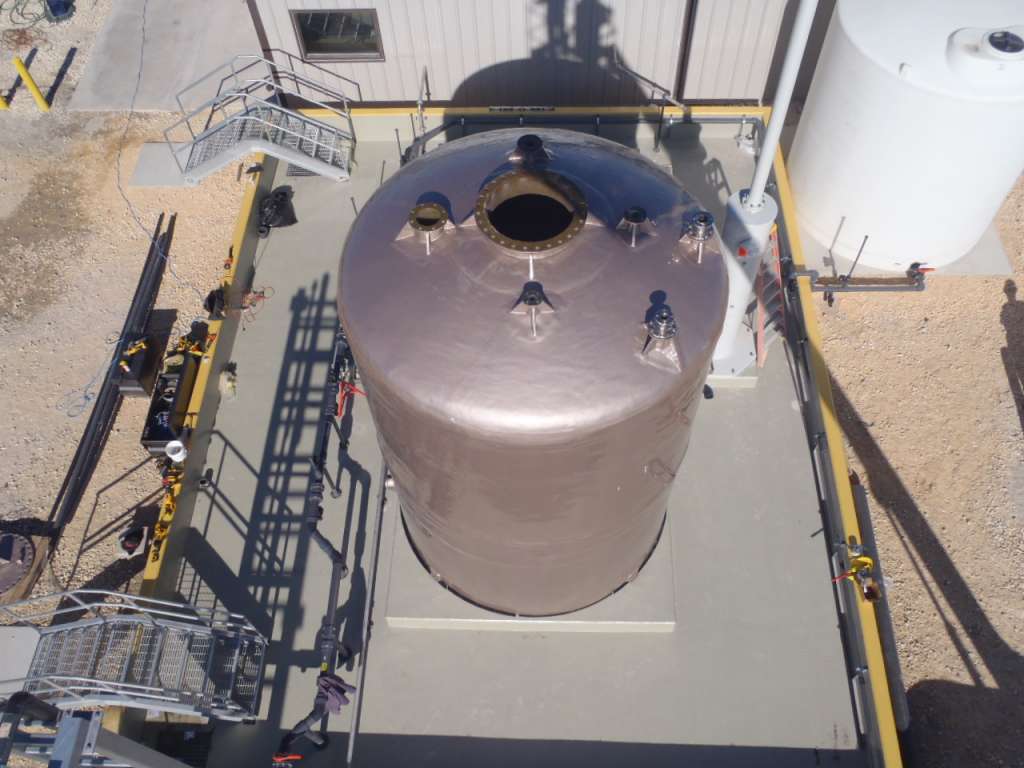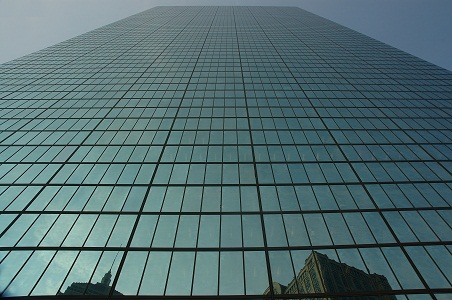FRP Pipe Industry Leaders
 Beetle Plastics has a rich history of strength in engineering and technical support. Overtime, our image in the industry has changed, as is so often the case for long lived companies. However, since Midwest Towers purchased Beetle a concerted effort has been made to rebuild our engineering base and great strides have been made to be an active player in the technical aspects of the industry.
Beetle Plastics has a rich history of strength in engineering and technical support. Overtime, our image in the industry has changed, as is so often the case for long lived companies. However, since Midwest Towers purchased Beetle a concerted effort has been made to rebuild our engineering base and great strides have been made to be an active player in the technical aspects of the industry.
We now have 3 individuals, Keith Sherman (Beetle Engineering and Design), Bill Daugherty (Beetle Engineering Design and Fabrication), and Tom Toth (Senior Structural Engineer @ MTI) that are directly involved in national committees developing standards and certifications. One particular committee that is of importance to end users, engineering firms, and manufacturers is the ASME Committee on Nonmetallic Pressure Piping Systems. This committee is comprised of respected engineering minds in the fiberglass industry and Tom, Keith, and Bill are active members.
Of particular interest is the development of a new FRP piping standard. The new standard will include design, material, manufacturing, fabrication, installation, installation, inspection, testing, and examination requirements and will affect nearly all users of FRP piping systems. Since this standard will be applied to the pipe, along with bolting, gaskets, valves, fittings, and almost all other components related to FRP piping, we are very excited that three of our own people will have a hand in shaping this industry standard.
We are excited to again be at the forefront of the technical side of the industry and look forward to providing our readers with the newest in industry updates.


 In the
In the 



